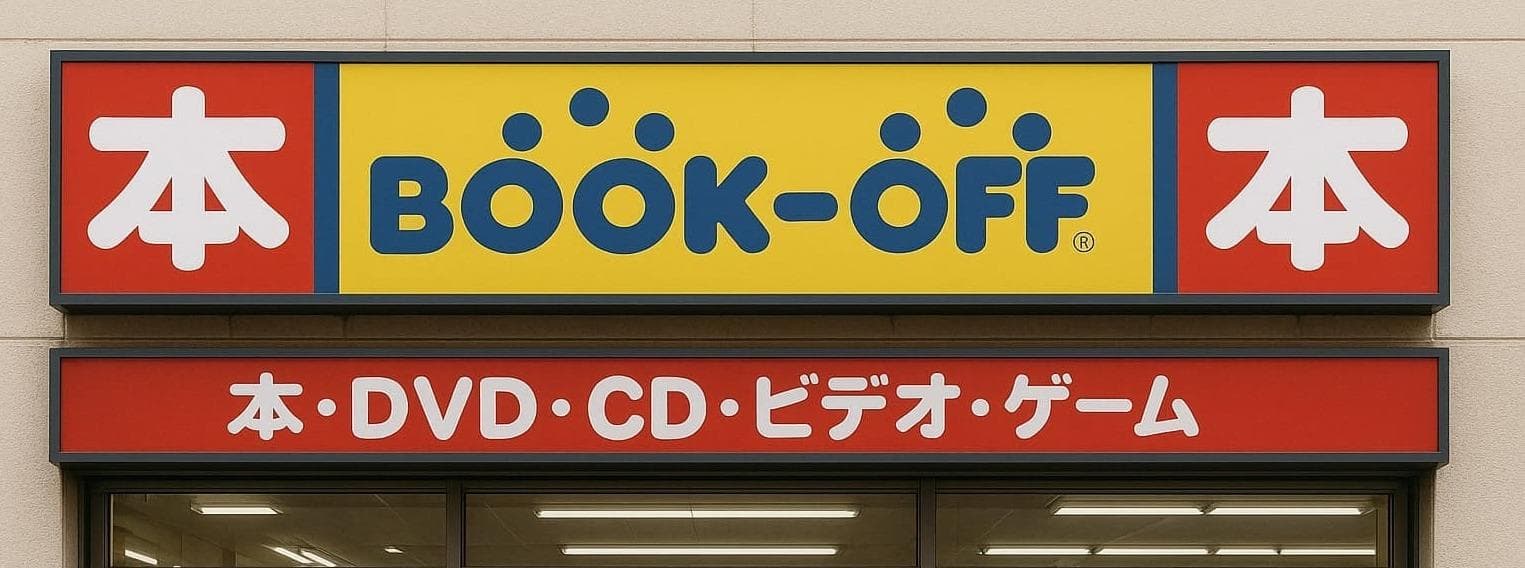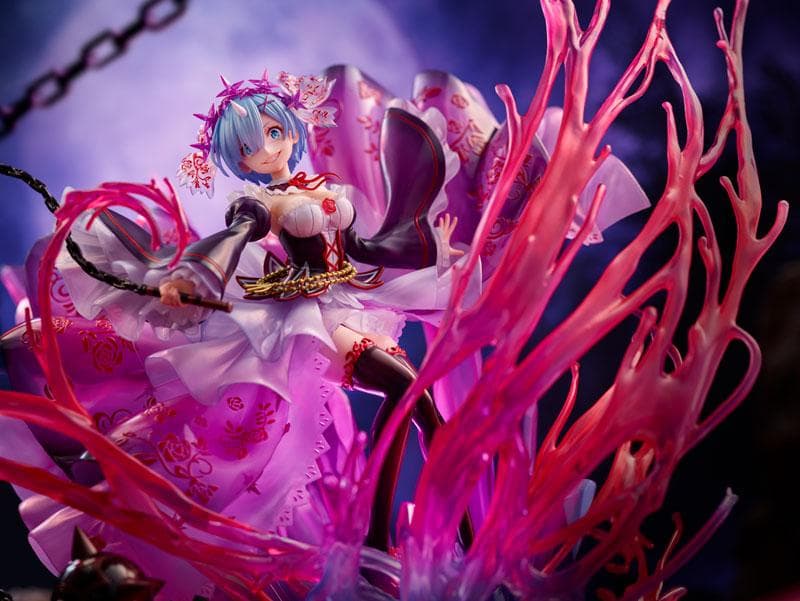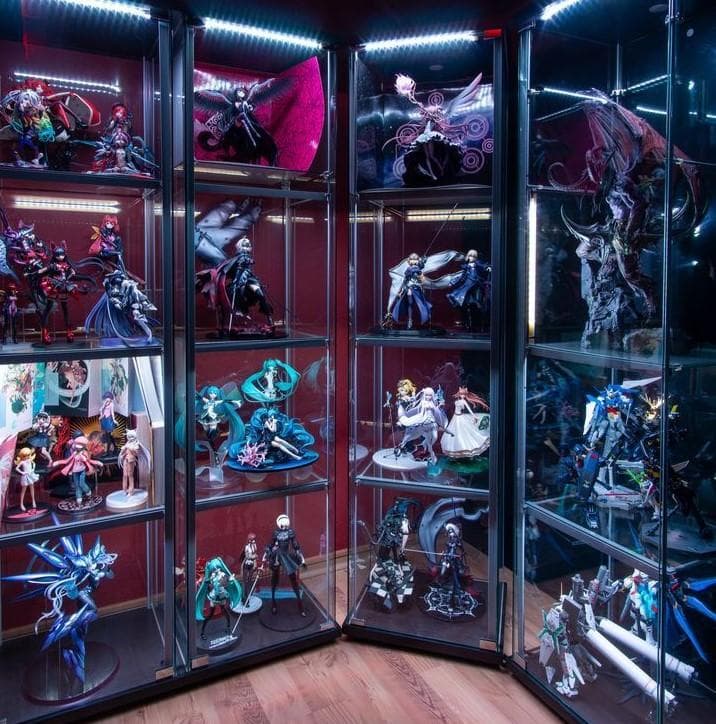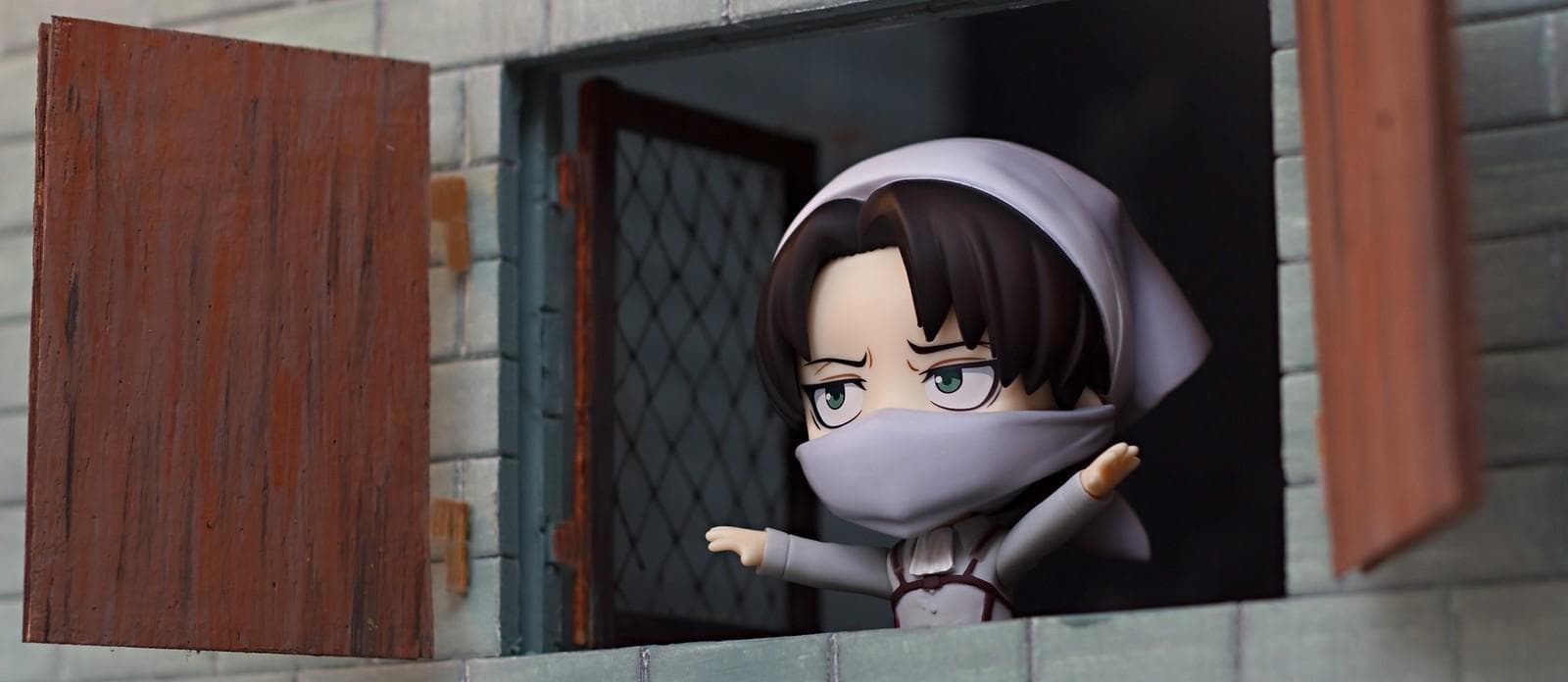Anime figures are more than just collectibles; they are works of art that represent characters from beloved series. But how exactly are these detailed figures created? From initial sketches to production, the process of making an anime figure is complex and fascinating. In this article, we’ll take you behind the scenes to explore each step of the journey.
Concept and Design: Bringing Characters to Life
The process of creating an anime figure begins with concept art. Figure companies work closely with licensors to ensure their figures accurately capture the character's essence. Here are the typical steps involved in the conceptual phase:
- Character Selection: A company decides which character or characters to produce based on popularity, current trends, or fan demand.
- Art and Pose Design: Once a character is selected, artists create initial sketches that showcase potential poses. These sketches help determine how dynamic or static the figure will be.
- Licensor Approval: The concept art is sent to the licensor, who checks for accuracy and ensures that the figure represents the character faithfully. The licensor might request changes to ensure the figure meets the standards of the anime or manga franchise.
In this early stage, artists and sculptors work closely with the licensors to agree on everything from the character's facial expressions to the pose and outfit details.
Sculpting: Turning 2D into 3D
After the concept is approved, it’s time to bring the character to life in 3D form through sculpting. Traditionally, sculptors would use clay or wax, but many modern figures are sculpted digitally using 3D modeling software like ZBrush or Blender.
Key Steps in Sculpting:
- Digital Sculpting: Sculptors create a detailed 3D model of the figure based on the approved concept art. This stage allows the artist to adjust proportions, experiment with poses, and add intricate details, like hair strands or armor patterns.
- Physical Prototype Creation: Once the digital model is finalized, it is either 3D-printed or hand-sculpted as a prototype. The prototype is usually made from resin, which allows for sharper details compared to mass-produced PVC.
The sculpting process is one of the most critical steps in figure creation. It requires not only technical skill but also an artistic eye to capture the character’s unique personality and attributes. Sculptors often spend weeks perfecting the prototype, making sure every detail is true to the original character design.
Molding and Casting: Preparing for Mass Production
With the sculpt complete, the next step is to prepare the figure for mass production. This involves creating molds from the original sculpt. The process varies depending on whether the figure will be made from PVC or resin, but here’s how it generally works:
- Mold Creation: A silicone mold is created from the sculpted prototype. This mold will be used to cast multiple copies of the figure. Each part of the figure, such as the body, head, arms, and accessories, may require a separate mold.
- Injection Molding: For PVC figures, liquid PVC is injected into the molds. The material is then cooled and solidified, creating multiple copies of each figure part. For resin figures, the process is similar, but resin is used instead of PVC, resulting in a heavier and more detailed final product.
- Assembly: Once all the parts are cast, the figure is assembled. This is done manually, with workers fitting each piece together to ensure a seamless look.
At this stage, the figure begins to take shape, but it’s still not complete. Next comes one of the most visually striking steps: painting.
Painting: Adding Color and Detail
Painting is what truly brings an anime figure to life. Once the figure is assembled, it is sent to skilled artisans who meticulously hand-paint each part. Painting anime figures is a highly specialized skill, and companies often employ teams of expert painters to ensure the final product looks just like the concept art.
The Painting Process:
- Base Colors: First, base colors are applied to the figure. This involves painting large areas, such as skin tone, hair color, and outfit colors.
- Shading and Highlighting: After the base colors are applied, painters add shading and highlights to create depth and realism. This process is especially important for capturing the character's features, such as facial expressions, hair texture, and clothing folds.
- Detail Work: Finally, the smallest details are painted, such as eyes, accessories, and any special effects like battle damage or glowing elements.
Some figures also come with special finishes, such as metallic paint for armor or glossy finishes for hair. These extra touches elevate the figure, making it stand out in any collection.
Quality Control: Ensuring Perfection
Before a figure is ready to be shipped, it goes through a rigorous quality control process. Quality control is essential to ensure that each figure matches the prototype in terms of accuracy and finish. Workers check for flaws such as:
- Molding imperfections: Uneven or rough surfaces.
- Painting errors: Smudges, incorrect colors, or misaligned details.
- Assembly issues: Loose joints, misfitting parts, or missing accessories.
If a figure fails quality control, it is either fixed or discarded. Companies take quality control seriously, as collectors expect the final product to match the images shown during pre-orders.
Packaging and Shipping: Ready for Collectors
Once the figures pass quality control, they are packaged in collector-friendly boxes. These boxes are often designed with beautiful artwork and include clear windows so that collectors can display the figure without removing it from the packaging.
Steps in Packaging and Shipping:
- Box Design: The box is designed to match the aesthetic of the figure and franchise. The box often includes the name of the character, series logo, and images of the figure.
- Protection: The figure is carefully placed in a plastic shell or foam inserts to protect it during shipping. Additional accessories are often stored in separate compartments to prevent damage.
- Shipping: Finally, the figures are shipped out to retailers or directly to collectors who pre-ordered them.
Conclusion: The Art and Craft of Figure Making
The journey from concept to creation for anime figures is a long and intricate process that involves many stages of artistic and technical work. From the initial sketch to the final painted product, each step is carefully crafted to ensure the figure accurately represents the character and brings them to life in three-dimensional form.
Whether you're a casual fan or a dedicated collector, understanding the amount of effort and creativity that goes into making anime figures can deepen your appreciation for these incredible collectibles. Next time you admire a figure on your shelf, you’ll know the fascinating journey it took to get there.
More info about the author
NivixX
NivixX is a passionate developer and anime enthusiast who created MyFigureList, a platform designed to support the figure collecting community. The site helps users explore detailed figure pages, track collections, and connect with fellow fans.







